Digby Warde-Aldam, stuck in Shoreditch…
Zzzzzzz. That, in brief, is the most accurate way to sum up London at the moment. I have spent a significant part of the last fortnight trudging all over the city in search of something worth writing about. We don’t have tumbleweed in Britain, but if we did, even that would be too indifferent to roll.
The single exception to this is a show that might well be the most disturbing of the year. This is Richard Saltoun gallery’s ‘The Temptations of Pierre Molinier’ (until 2 October).
Molinier was an artist straight out of Lautréaumont’s Les Chants de Maldoror. Born in provincial France in 1900, he made a career as a house painter, but harboured grand and increasingly sinister artistic ambitions. Encouraged by his friend André Breton, Molinier quit the day job in the 1950s, and set about working his shamanic, delusional vision into his art.
He drew on S&M, transvestism and a sense of cruelty. You could write it off as pornography, but it’s more perverse than that. Twenty years before he committed suicide at the age of 76, he built his own tomb. ‘Here lies Pierre Molinier’, read the inscription on the cross, ‘He was a man without morals – he didn’t give a f*** for glory and honour – Useless to pray for him’. Even by surrealist standards, his work was shocking stuff – Molinier plumbed the darkest corners of his psyche. But as it stands, this is the only show in town.
◎
There are certain quarters of London that have become synonymous with artistic and literary movements. Bloomsbury, for example, will always be associated with Virginia Woolf, Duncan Grant and Roger Fry, Camden town with Walter Sickert and Walthamstow with William Morris.
Last week, after a visit to the painter Glenn Brown’s studio in south Islington, I trudged down the City Road towards Shoreditch. When I reached Old Street, I did a double take.
The triangle of land that makes up Shoreditch, Hoxton and Spitalfields was the spiritual home of British art around the turn of this century. Tracey Emin and Sarah Lucas opened their famous ‘Shop’ on Brick Lane in 1993, and attracted by the lure of cheap studio space, scores of their peers followed them into what was then a semi-derelict area. In the years that followed, the district developed an artistic identity of its own, with Banksy as its poster boy. I first came here in 2003, by which time a new gallery seemed to be opening every week. Not to slip into hyperbole, but it felt like the centre of the global counter-culture.
The change in the last 10 years has been extraordinary. The few businesses that don’t belong to national chains are galleries peddling street art so staggeringly crass that you wonder if the air here is corrosive to the IQ. Walk down Rivington Street and you’ll pass high street clothes shops tarted down in ironically-distressed wood, and overpriced cocktail bars festooned in neon quotations from Ché Guevara and Trotsky. Urban squalor has been sanitised, romanticised and marketed as a lifestyle choice. If the area didn’t border some of the most deprived neighbourhoods in Europe, it would almost be funny.
Shoreditch was never a utopia. Even in its heyday, it attracted more than its fair share of clueless would-be cultural revolutionaries. But it did at least appear to be a living, breathing area – I defy anyone to claim it as such now. The place is a tourist trap characterised by the focus-grouped trappings of ‘creativity’. I have been asked on more than one occasion why I don’t cover more exhibitions in East London. To my interrogators: consider this an answer.
Unlimited access from just $16 every 3 months
Subscribe to get unlimited and exclusive access to the top art stories, interviews and exhibition reviews.

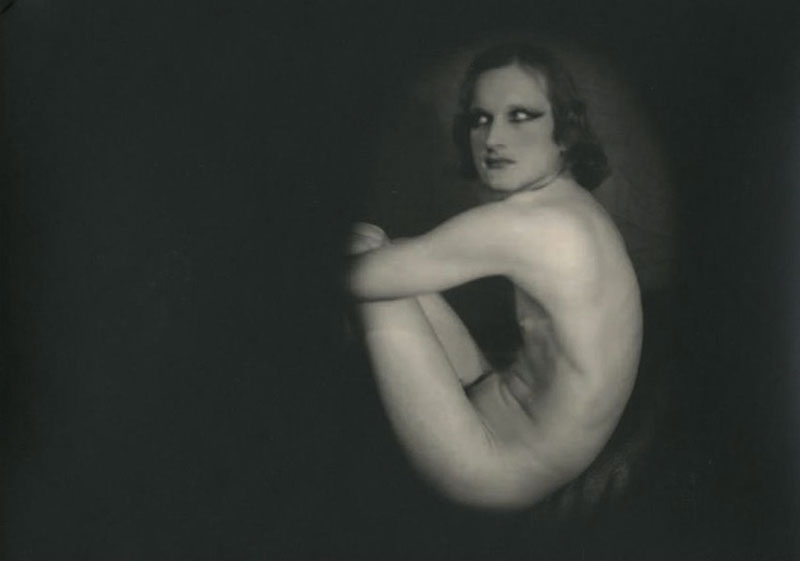
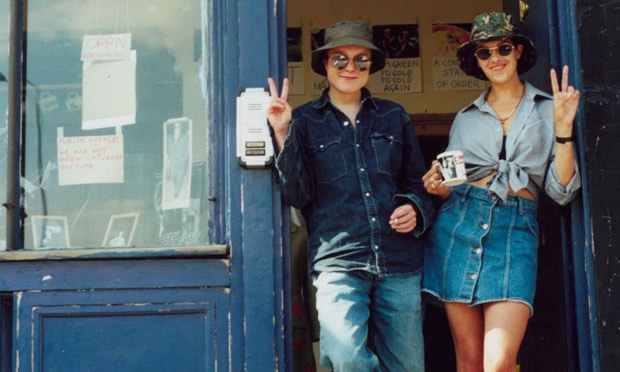
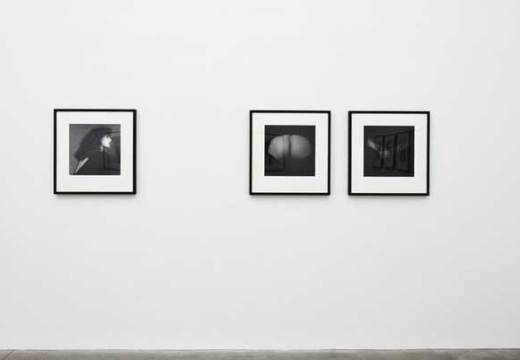
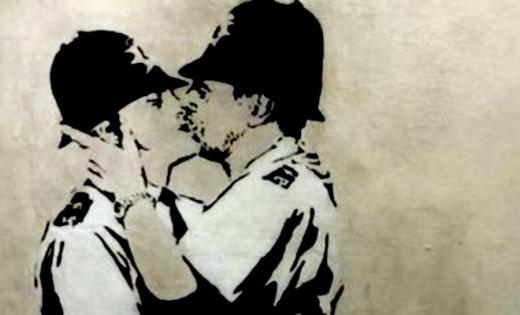
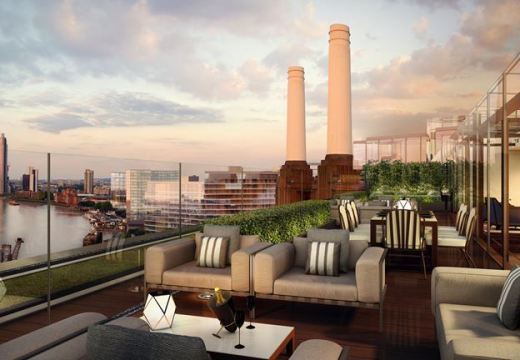









![Masterpiece [Re]discovery 2022. Photo: Ben Fisher Photography, courtesy of Masterpiece London](http://www.apollo-magazine.com/wp-content/uploads/2022/07/MPL2022_4263.jpg)
It’s time for the government of London to return to its rightful home